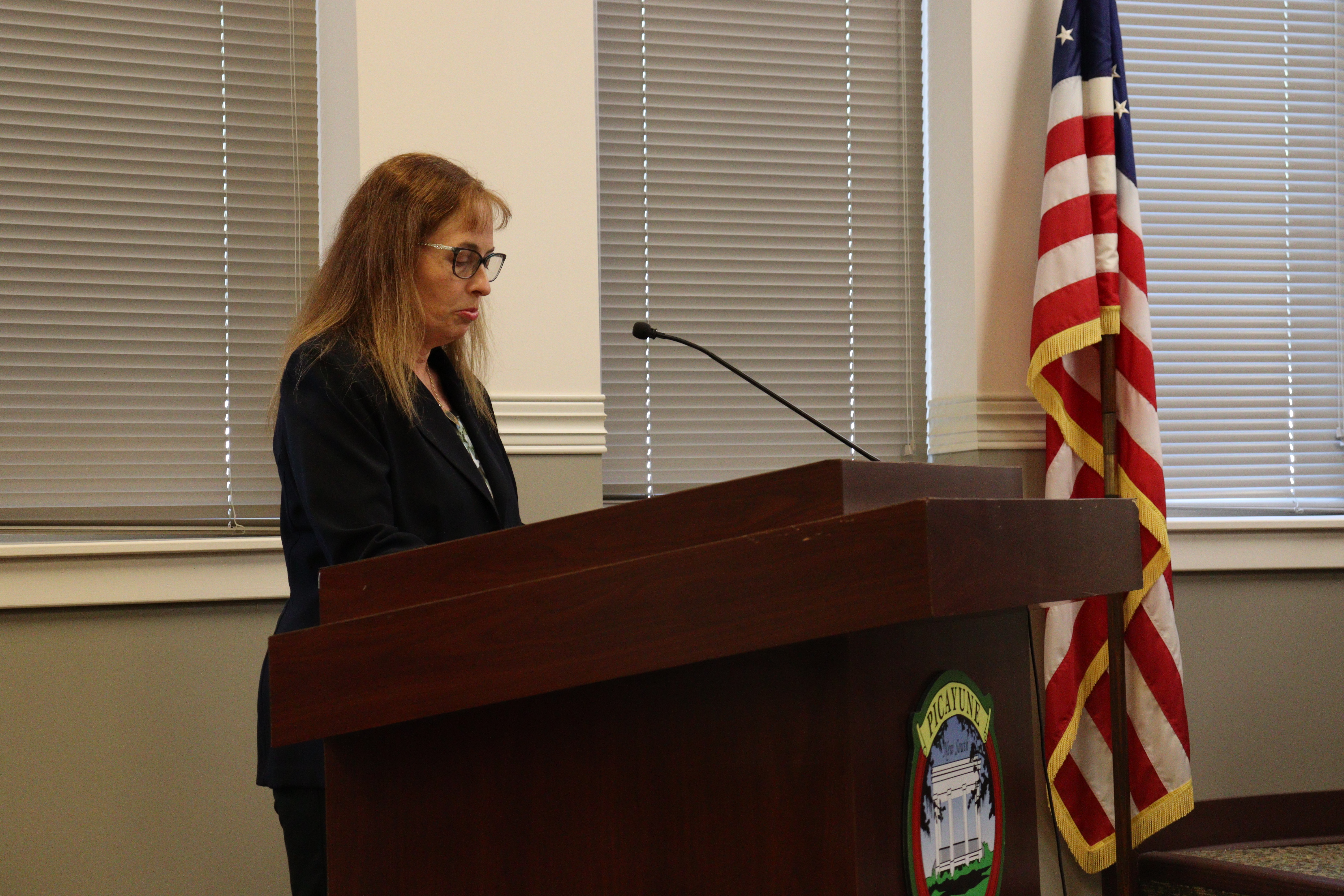Don’t rely on pharmacies to catch drug interactions, part 2
Published 7:00 am Friday, March 17, 2017
By Trudy Liberman
When you fill a prescription at your local pharmacy, you assume the medicine you receive is safe and won’t interact badly with other drugs you’re taking.
There still appears to be little protection for patients who have no idea whether a particular combination of drugs they take will kill them.
While many pharmacies do have computer programs that alert them when a patient is being prescribed drugs that may interact badly, John Norton, director of public relations for the National Community Pharmacists Association, told me pharmacists sometimes fail to heed the warnings.
They may be suffering from what he called “alert fatigue.” In other words pharmacists get so many alerts that they fail to comprehend them all, and something slips through. As the Tribune found, those slips are far too common.
Where does this leave patients? You should still ask the pharmacist to check your records to make sure a new drug doesn’t interact badly with others you take. You can, of course, ask your doctor. But even they may not know – as I found out.
My doctor continued to prescribe Cipro for traveler’s diarrhea for years even though it reduces the effectiveness of another medication I’ve been taking for decades.
I learned about this only recently at an urgent care clinic where a doctor refused to prescribe Cipro because of the possible interaction.
Nor can you always rely on those leaflets put in the bags the pharmacist gives you.
The information you get may be supplied by outside vendors, says Larry Sasich, who is the co-founder of Patient Drug News and co-authored the 2005 best selling book, “Worst Pills, Best Pills” with Dr. Sidney Wolfe who headed Public Citizen’s Health Research Group for many years.
Sasich says the best information about when a drug should not be used can be found on a drug’s FDA-approved professional product label on the DailyMed website (https://dailymed.nlm.nih.gov/dailymed/) sponsored by the National Library of Medicine. At the end of each label is the “Medication Guide” the FDA requires for some 200 drugs – many heavily advertised.
The agency requires those labels if it believes information is necessary to prevent serious adverse side effects and when patients need to know about any known and serious side effects.
You can also ask the pharmacist for the professional product label. I asked mine for Cipro’s label.
He handed me a tiny, tightly wrapped packet, and said, “You’re not supposed to see this unless you ask.”
My advice: Ask!
What problems have you or a family member had with drug interactions? Write to Trudy at trudy.lieberman@gmail.com.





